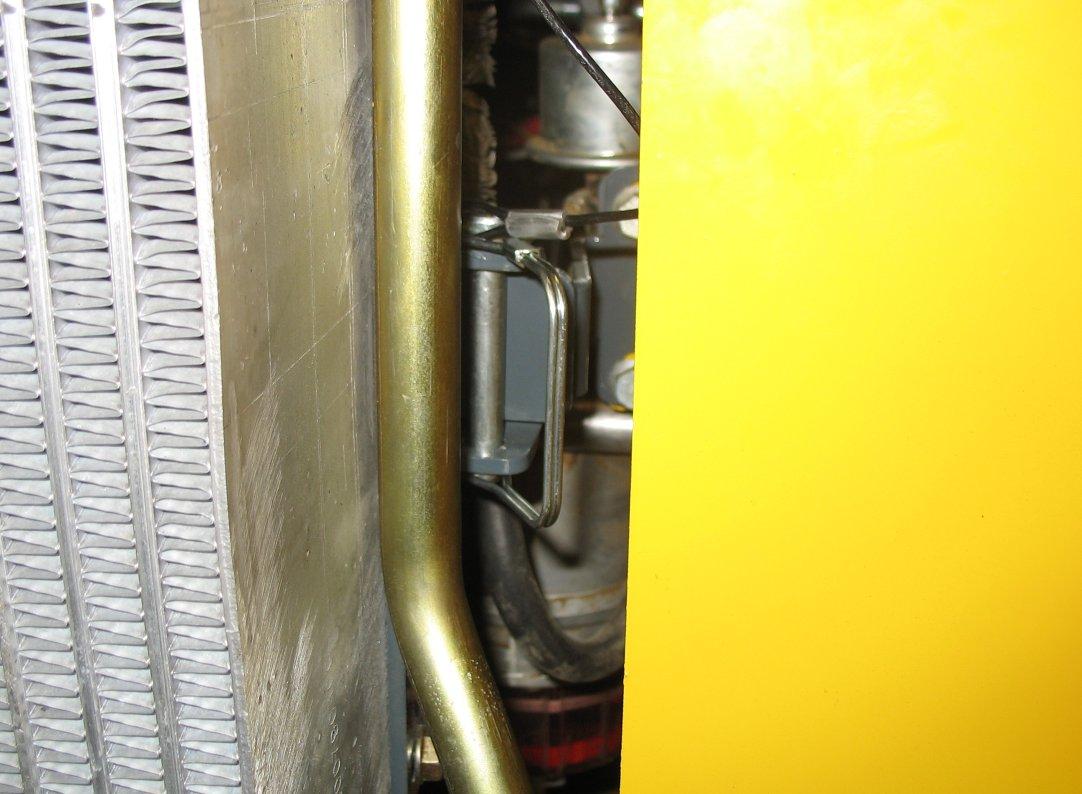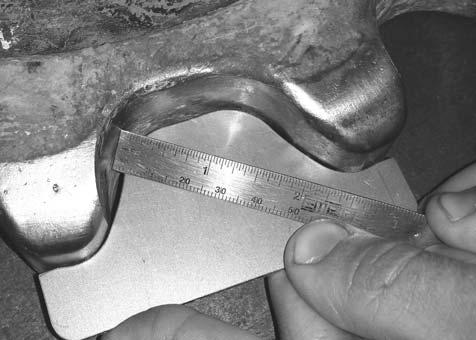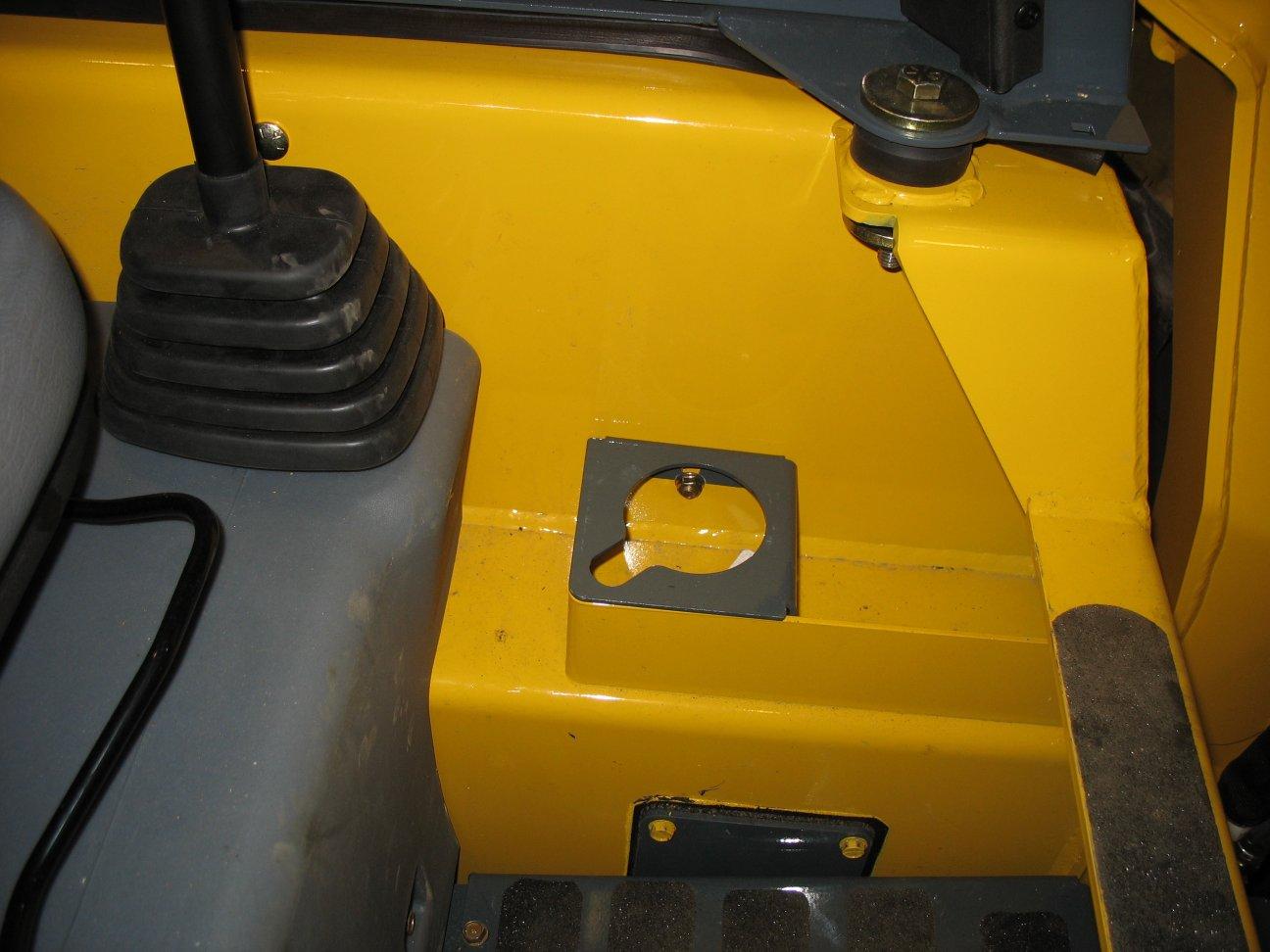Diesel Particulate Filter (DPF) Regeneration Procedures (DPF Models) The Diesel Particulate Filter (DPF) treats exhaust emissions in compliance with Tier 4 emission standards. The DPF filter relies on high exhaust temperatures. Periodic DPF maintenance (regeneration) is required, dependent upon machine operation load / temperature. Note: Machines operated primarily at high loads and operating temperatures require less frequent DPF maintenance. Extended periods of engine idling rapidly increases DPF soot levels, requiring more frequent regeneration operations. There are 3 modes of DPF regeneration: •
Passive / Assist Regeneration: Occurs automatically without operator input. Passive/ assist regeneration does not affect machine operation.
•
Reset Regeneration: Occurs automatically, but can be inhibited by the operator. Increases exhaust gas temperatures. Reset regeneration occurs approximately every 100 hours of operation. See “Reset Regeneration” on page 119.
Note: Reset regeneration effectiveness is improved if the machine is operated at mid- to high-throttle settings when reset regeneration mode is in progress. •
Stationary Regeneration: Requires operator action to initiate and takes approximately 25-30 minutes to complete. See “Stationary Regeneration” on page 120.
Important: The machine cannot be operated and must be parked in a well-ventilated area away from flammable materials when stationary regeneration is in progress.
There is a possibility of carbon monoxide poisoning if stationary regeneration occurs in an enclosed space. Always perform stationary regeneration in a wellventilated area.
WARNING
During regeneration, there will be high exhaust gas temperatures, even at low load. Stay clear of the DPF during regeneration.
WARNING
118
50950264/D0819





















